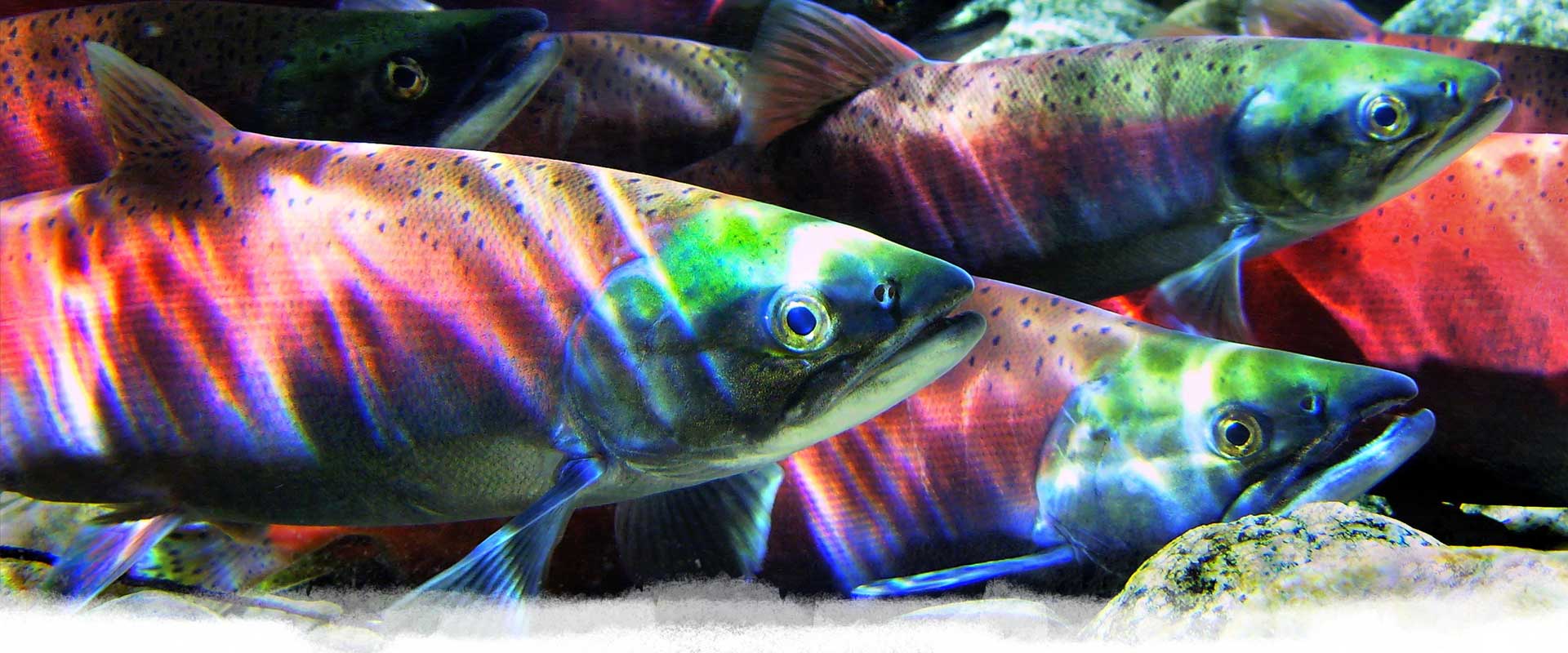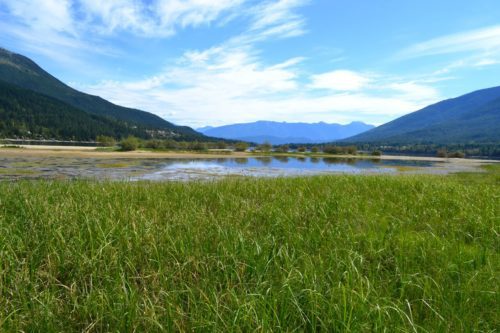
- This event has passed.
Partnering with Beaver to Benefit Sage Webinar: Grouse and Working Lands–Restoring Emerald Islands in the Sagebrush Sea
July 26, 2017 @ 12:00 pm - 2:00 pm
The Association of Wetland Managers (ASWM) presents this webinar as part of their Hot Topics Webinar Series.
Register here.
Presenters:
▪ Jeremy Maestas, Sagebrush Ecosystem Specialist, USDA-NRCS West National Technology Support Center, Portland, OR
▪ Dr. Joe Wheaton, Professor, Watershed Sciences Department, Utah State University, Logan, UT
Abstract:
In the arid sagebrush ecosystem of the American West, wetlands and other mesic habitats—such as riparian areas and wet meadows—comprise less than 2% of the landscape yet they are disproportionately important to people and wildlife. As summer heat dries out soils in sagebrush uplands, species like sage grouse—along with livestock and many other wildlife species—follow the green line seeking out wetter, more productive areas. These mesic habitats serve as grocery stores providing nutritious forage, including the protein-rich forb and insect foods that help newly hatched sage grouse chicks grow and thrive. With roughly three quarters of mesic areas in private ownership, western ranchers play an integral role in conserving these vital resources. Recently, the NRCS-led Sage Grouse Initiative launched a campaign across 11 western states to accelerate protection, restoration, and enhancement of mesic habitats. Restoration opportunities abound but techniques that are relatively simple, low cost, and effective are needed to engage more landowners and partners in conservation at ecologically meaningful scales. Increasingly, ranchers and agencies in the west are learning to partner with beaver as a ‘cheap and cheerful’ alternative for achieving a myriad of desired outcomes. This webinar will discuss recent partner efforts to scale up riparian and wet meadow restoration with private landowners in sage grouse habitats, and in particular, how Beaver Dam Analogues (BDAs) and other beaver-assisted techniques are being employed as a low-cost restoration tool to boost habitat resilience for wildlife and working lands.
Join us for more stewardship events on Kootenay Lake! Like us on Facebook to receive updates and be part of the conversation.


